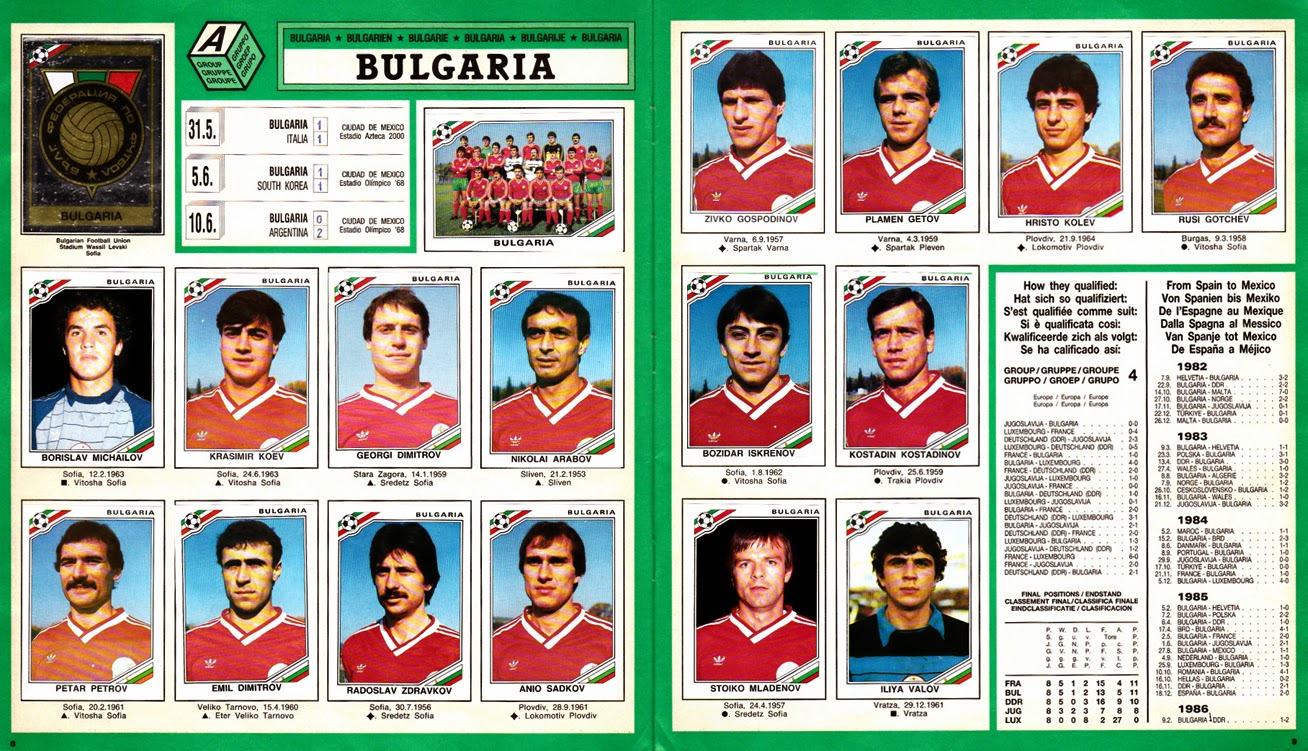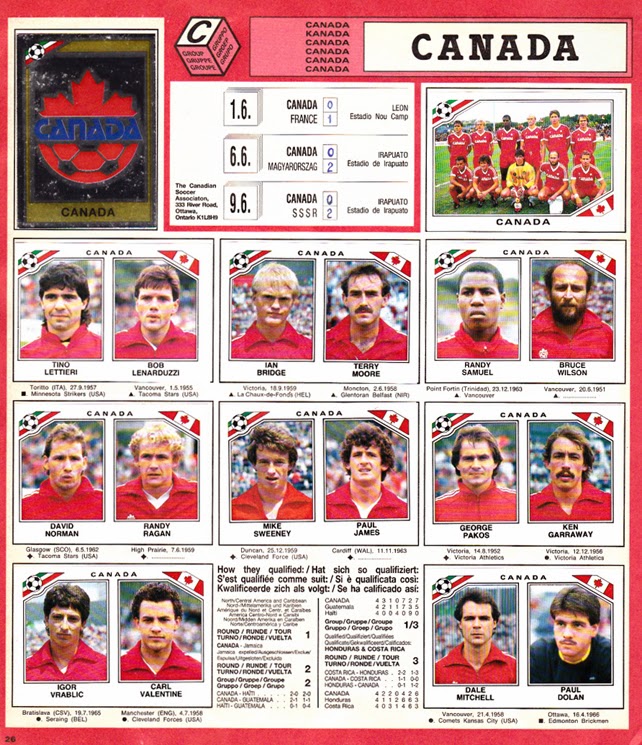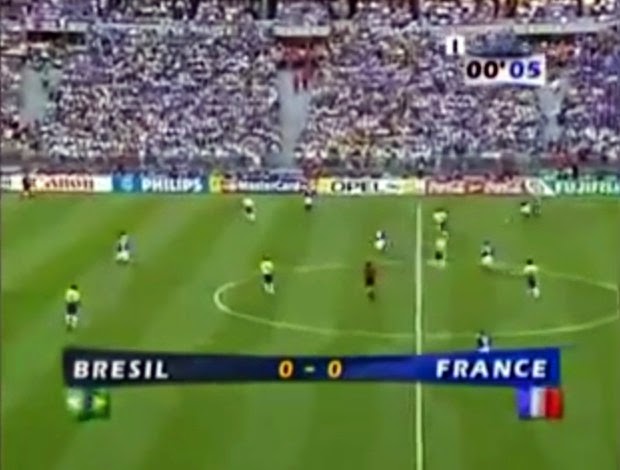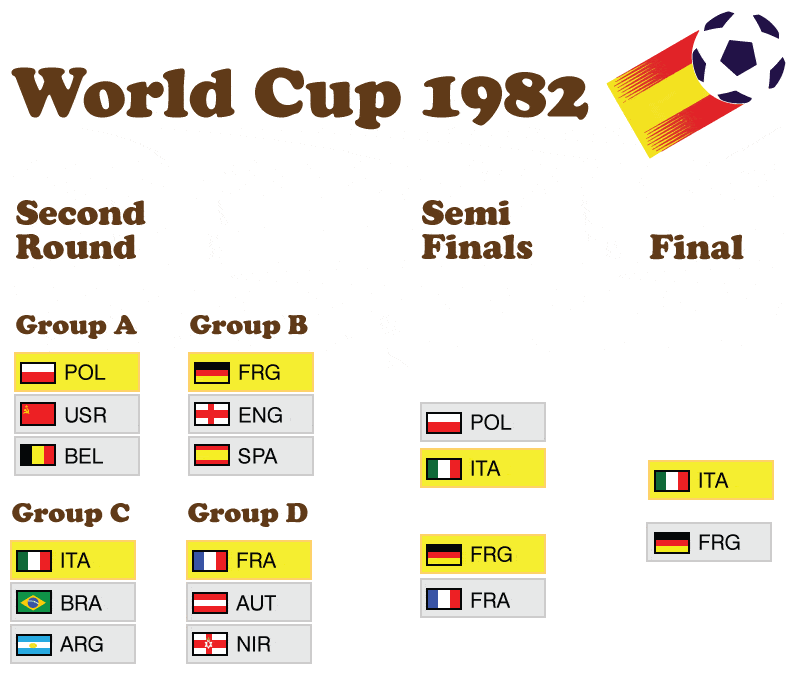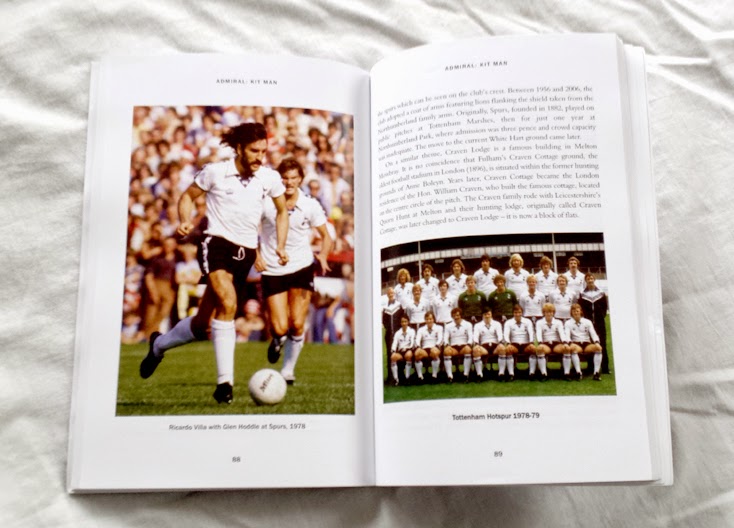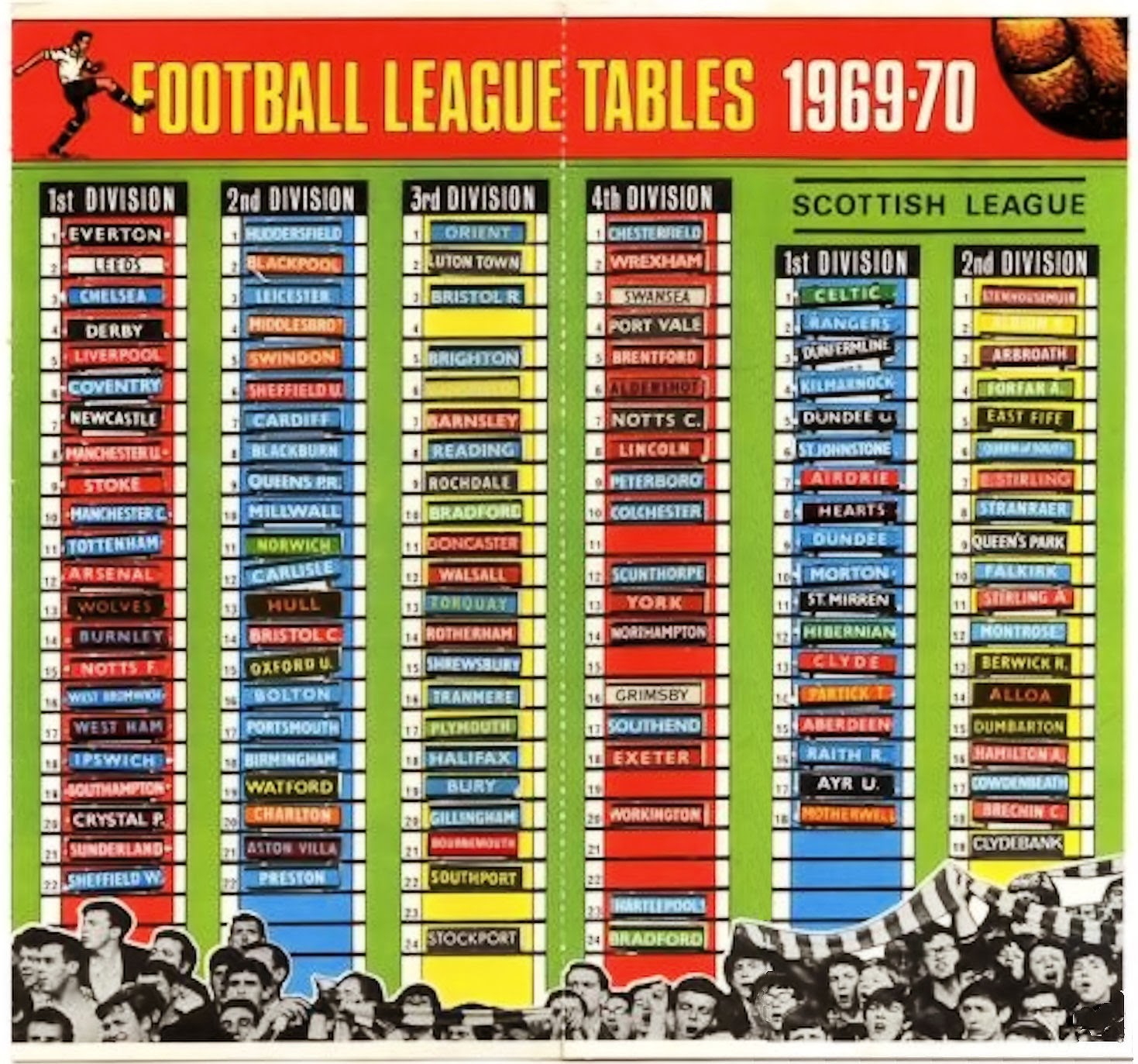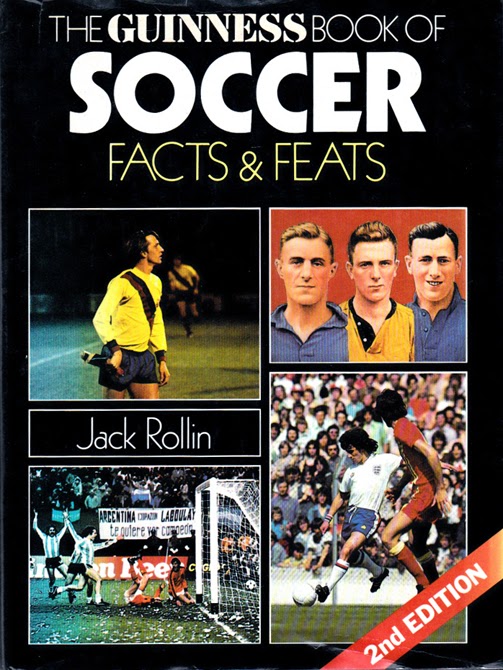As far as my own childhood sticker-collecting activities are concerned, Panini's Mexico 86 collection was the very pinnacle of all that I did. Slightly too young to fully appreciate the 1982 World Cup when it arrived, the 1986 tournament began when I was 14 years old, my eyes wide open and my head already crammed full of football knowledge.
At the time, I lived for this most wondrous of sports, the collecting of football stickers and very little else. It was World Cup time again, and I was ready to embark on another campaign of buying, peeling, sticking and swapping.
The format for the Panini Mexico 86 album was much like those that had gone before and those that would follow. The opening page featured stickers for the official tournament emblem (the striking yet strangely familiar logo from the front cover), the tournament mascot (Pique, a moustachioed chilli pepper) and a 'World Cup Mundial' logo whose inclusion is as staggeringly unimportant now as it was back then.
![]() Stickers showing each of the official World Cup posters appeared in perfunctory fashion on page 2 while the stadia and city locations for all the matches in Mexico were shown on pages 3, 4 and 5. After that, it was onto the players, almost always displayed in their teams across two pages, although South Korea, Iraq, Canada, Algeria and Morocco were deemed less important and had to make do with one. As ever, a team picture sticker and foil badge were present for each of the competing nations.
Stickers showing each of the official World Cup posters appeared in perfunctory fashion on page 2 while the stadia and city locations for all the matches in Mexico were shown on pages 3, 4 and 5. After that, it was onto the players, almost always displayed in their teams across two pages, although South Korea, Iraq, Canada, Algeria and Morocco were deemed less important and had to make do with one. As ever, a team picture sticker and foil badge were present for each of the competing nations.
Having found my album in a cardboard box full of books and other memorabilia recently, I was reminded of the small details pertinent to my own Panini Mexico 86 collection. Of the 427 stickers needed to complete the album, I had fallen short by 67. Panini stated that you could only send off for a maximum of 50 back then, so I'd reluctantly called it a day knowing only too well how costly and frustrating it would be trying to find another 15 in the packets I was buying at the time.
Panini invited you to personalise their sticker albums by providing lots of spaces in which to write results and other information. This I duly did neatly and comprehensively in 1986 - much more so than I ever remember doing at any other time. My handwriting was remarkably neat too, although that'll come as little consolation to the person that inevitably ends up buying my album on eBay long after I've breathed my last.
My neatness also extended to the placement of stickers. Hardly any are out of line or askew, although I had to slap my own forehead when I recently discovered I'd stuck USSR goalkeeper Rinat Dasaev in the wrong space. How could I have made such a schoolboy error? Wait a minute - I was a schoolboy...
Despite completing nearly 85% of my album, my eyes skate guiltily over the spaces that ended up unadorned. So many important players I didn't manage to find, like a Who's Who of world soccer: Paolo Rossi, Jorge Burruchaga, Vincenzo Scifo, Norman Whiteside, Kenny Dalglish, Paulo Futre... each one an aching chasm of potential left unfulfilled.
Yes, folks, that's what happens when you don't send off that cheque or postal order and complete your Panini collection. I'm sure I'd have felt pleased with my efforts in filling in so much of my album 28 years ago, but it's those gaps that leave you with a lingering deep regret, believe me.
No matter. The stickers I did get were great, even if their overall design (like the album itself) lacked any great excitement. And I completed a few of the teams, too - Brazil, Bulgaria, Canada... just those three, but a finer trio you'd be hard pushed to find.
Somehow greater than the sum of its parts, Panini's Mexico 86 was a classic collection enjoyed by so many kids when it was released. It also turned out to be my last Panini World Cup album from those far off juvenile days. The following year I'd leave school, get a job and put away my childish things.
Yet holding this album now, aged 42-and-three-quarters, I sense only too well how worn and slightly grubby it is. A little frayed at the edges and with things scribbled here and there on its pages, I clearly loved this album a lot back then, and it's not difficult to see how much effort I put into keeping it in good condition for posterity. I'm glad I did. It's one of my favourite possessions and a great souvenir of a fine tournament.
At the time, I lived for this most wondrous of sports, the collecting of football stickers and very little else. It was World Cup time again, and I was ready to embark on another campaign of buying, peeling, sticking and swapping.
The format for the Panini Mexico 86 album was much like those that had gone before and those that would follow. The opening page featured stickers for the official tournament emblem (the striking yet strangely familiar logo from the front cover), the tournament mascot (Pique, a moustachioed chilli pepper) and a 'World Cup Mundial' logo whose inclusion is as staggeringly unimportant now as it was back then.
 Stickers showing each of the official World Cup posters appeared in perfunctory fashion on page 2 while the stadia and city locations for all the matches in Mexico were shown on pages 3, 4 and 5. After that, it was onto the players, almost always displayed in their teams across two pages, although South Korea, Iraq, Canada, Algeria and Morocco were deemed less important and had to make do with one. As ever, a team picture sticker and foil badge were present for each of the competing nations.
Stickers showing each of the official World Cup posters appeared in perfunctory fashion on page 2 while the stadia and city locations for all the matches in Mexico were shown on pages 3, 4 and 5. After that, it was onto the players, almost always displayed in their teams across two pages, although South Korea, Iraq, Canada, Algeria and Morocco were deemed less important and had to make do with one. As ever, a team picture sticker and foil badge were present for each of the competing nations.Having found my album in a cardboard box full of books and other memorabilia recently, I was reminded of the small details pertinent to my own Panini Mexico 86 collection. Of the 427 stickers needed to complete the album, I had fallen short by 67. Panini stated that you could only send off for a maximum of 50 back then, so I'd reluctantly called it a day knowing only too well how costly and frustrating it would be trying to find another 15 in the packets I was buying at the time.
Panini invited you to personalise their sticker albums by providing lots of spaces in which to write results and other information. This I duly did neatly and comprehensively in 1986 - much more so than I ever remember doing at any other time. My handwriting was remarkably neat too, although that'll come as little consolation to the person that inevitably ends up buying my album on eBay long after I've breathed my last.
My neatness also extended to the placement of stickers. Hardly any are out of line or askew, although I had to slap my own forehead when I recently discovered I'd stuck USSR goalkeeper Rinat Dasaev in the wrong space. How could I have made such a schoolboy error? Wait a minute - I was a schoolboy...
Despite completing nearly 85% of my album, my eyes skate guiltily over the spaces that ended up unadorned. So many important players I didn't manage to find, like a Who's Who of world soccer: Paolo Rossi, Jorge Burruchaga, Vincenzo Scifo, Norman Whiteside, Kenny Dalglish, Paulo Futre... each one an aching chasm of potential left unfulfilled.
Yes, folks, that's what happens when you don't send off that cheque or postal order and complete your Panini collection. I'm sure I'd have felt pleased with my efforts in filling in so much of my album 28 years ago, but it's those gaps that leave you with a lingering deep regret, believe me.
No matter. The stickers I did get were great, even if their overall design (like the album itself) lacked any great excitement. And I completed a few of the teams, too - Brazil, Bulgaria, Canada... just those three, but a finer trio you'd be hard pushed to find.
Somehow greater than the sum of its parts, Panini's Mexico 86 was a classic collection enjoyed by so many kids when it was released. It also turned out to be my last Panini World Cup album from those far off juvenile days. The following year I'd leave school, get a job and put away my childish things.
Yet holding this album now, aged 42-and-three-quarters, I sense only too well how worn and slightly grubby it is. A little frayed at the edges and with things scribbled here and there on its pages, I clearly loved this album a lot back then, and it's not difficult to see how much effort I put into keeping it in good condition for posterity. I'm glad I did. It's one of my favourite possessions and a great souvenir of a fine tournament.



